(January 7, 2022) As India enjoys the status of being amongst the best-performing large economies across the globe, the finance minister of India, Nirmala Sitharaman has an instrumental role to play in this fillip. In the wake of the upcoming budget, all eyes are set on her to give India a further boost. During her busiest time of the year, she has been in news for being listed in Forbes’ world’s 100 most powerful women. This is the fourth consecutive year that the finance minister of India is part of the coveted list.
Sitharaman is just one Indian face amongst the other Indian stalwarts that are part of the latest list – Kiran Mazumdar Shaw, Roshni Nadar, Falguni Nayar, Soma Mondal, and Madhabi Puri. Apart from the six Indian citizens, Indian- American vice president of America, Kamala Harris enjoys one of the top slots in the list.
Global Indian turns the spotlight on these movers and shakers. They were selected on four main metrics – wealth, media, spheres of influence and impact. ‘For political leaders, we weighed gross domestic products and populations; for corporate leaders, revenues and employee counts; and media mentions and reach of all,” stated Forbes, at the time the list was released, in December 2022.
Nirmala Sitharaman
Minister of Finance and Corporate Affairs, Government of India
The Indian economist and politician is serving in the minister of finance and corporate affairs since 2019. Born in Madurai, Sitharaman previously served as the Defence Minister of India, becoming the country’s second female defence minister and the second female finance minister after Indira Gandhi. Sitharaman is the first full-time female minister to hold each of the two coveted portfolios.
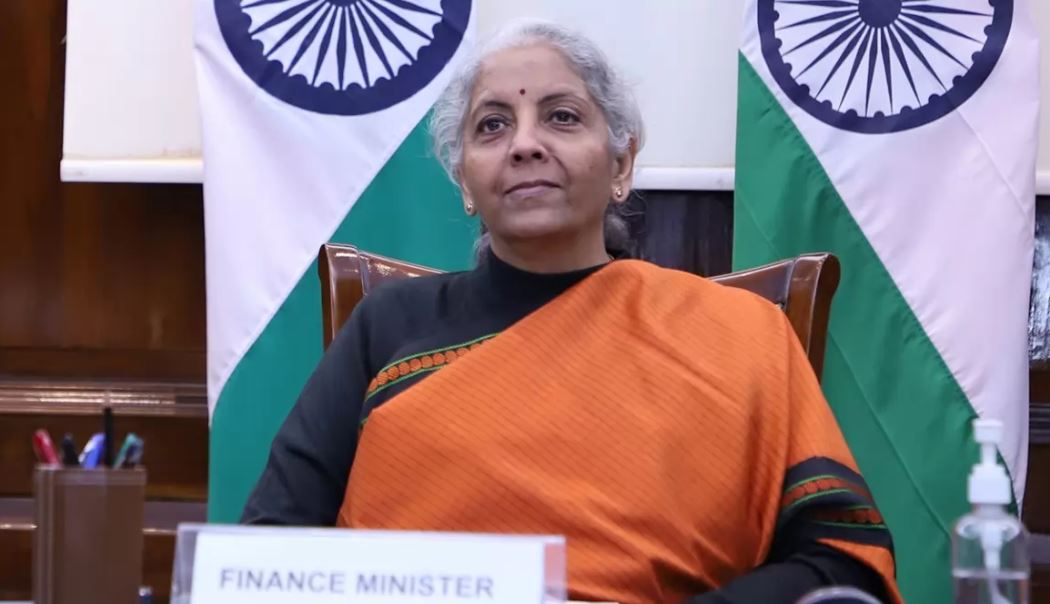
Nirmala Sitharaman
She is set to present the union budget on February 1 2023 for the fifth consecutive year. India boasts of reaching the $3.8 trillion economy mark under her able leadership. “Between 2020 and today, we seem to have come out to a situation where the challenges continue, newer challenges are also building up but India is seen as an island of a certain level of calm,” the finance minister said at a Global Investors’ Meet.
Roshni Nadar
Chairperson of HCL Technologies
The Indian billionaire businesswoman and the chairperson of HCL Technologies is the first female entrepreneur to lead a listed IT company in India. She also works as the CEO of HCL Corporation, the holding company of all HCL Group entities. The entrepreneur was raised in Delhi by her parents, Shiv Nadar, the founder of HCL, and Kiran Nadar.
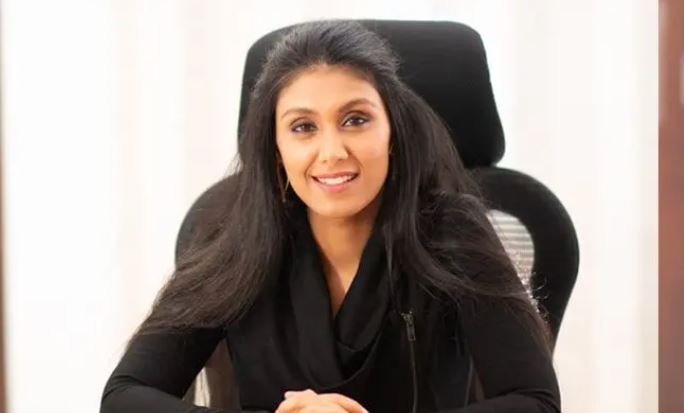
Roshni Nadar
Roshni worked in several organisations before joining HCL Group and was associated as a trustee of the Shiv Nadar Foundation, prior to becoming the CEO of HCL Corporation. The organisation is scaling new peaks under Roshni’s leadership and is one of the top fifteen global technology companies with a revenue of more than $10 billion. “If you’re able to have an entrepreneurial spirit, and more than that, to have an entrepreneurial gut to be able to take risks – with people or with your ideas – I think it shapes you in a very different manner,” Roshni said, speaking at a FICCI event.
Madhabi Puri Buch
Chairperson of Securities and Exchange Board of India (SEBI)
The first woman and non-IAS officer to lead SEBI, chairperson Madhabi Puri Buch has been leading the securities regulatory body since 2017. Madhabi is also the first person from the private sector to be appointed to this position. The SEBI chairperson has been credited with corporatization of the organization to improve efficiency, and other such rapid changes conducive to the growth of the system. “While technology is being used as a tool by fraudsters, we can use the same technology to evade fraud,” she said at an event organised by Indian Audit and Accounts Department.
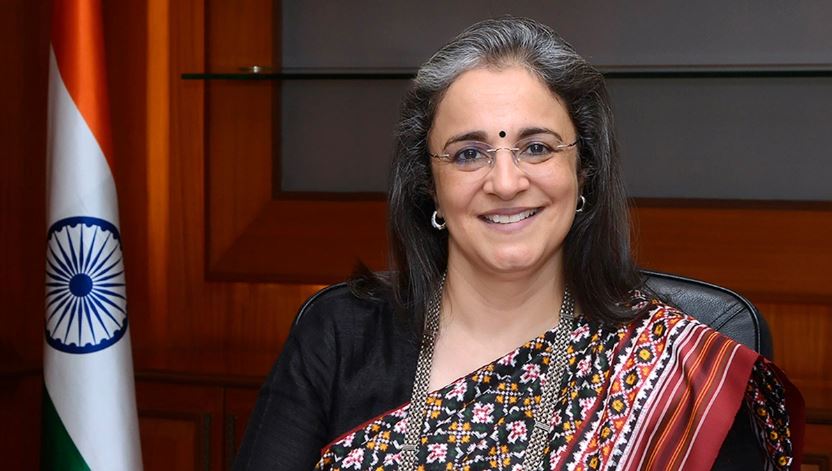
Madhabi Puri Buch
The Mumbaikar pursued her college education from Delhi, which she followed up with an MBA from IIM Ahmedabad. Starting her career in 1989 with ICICI Bank she has lent her expertise across various profiles in different companies.
Soma Mondal
Chairperson of Steel Authority of India (SAIL)Born and brought up in Bhubhneshwar, Soma Mondal is the first woman to be functional director of SAIL. She also enjoys the distinction of being the first female chairperson of the organisation. After graduating with a degree in electrical engineering from NIT Rourkela, Soma’s 35-year-long career began as a trainee with NALCO. In 2017, she joined SAIL as its director (commercial operations) and rose to Chairperson three years later, in 2020.
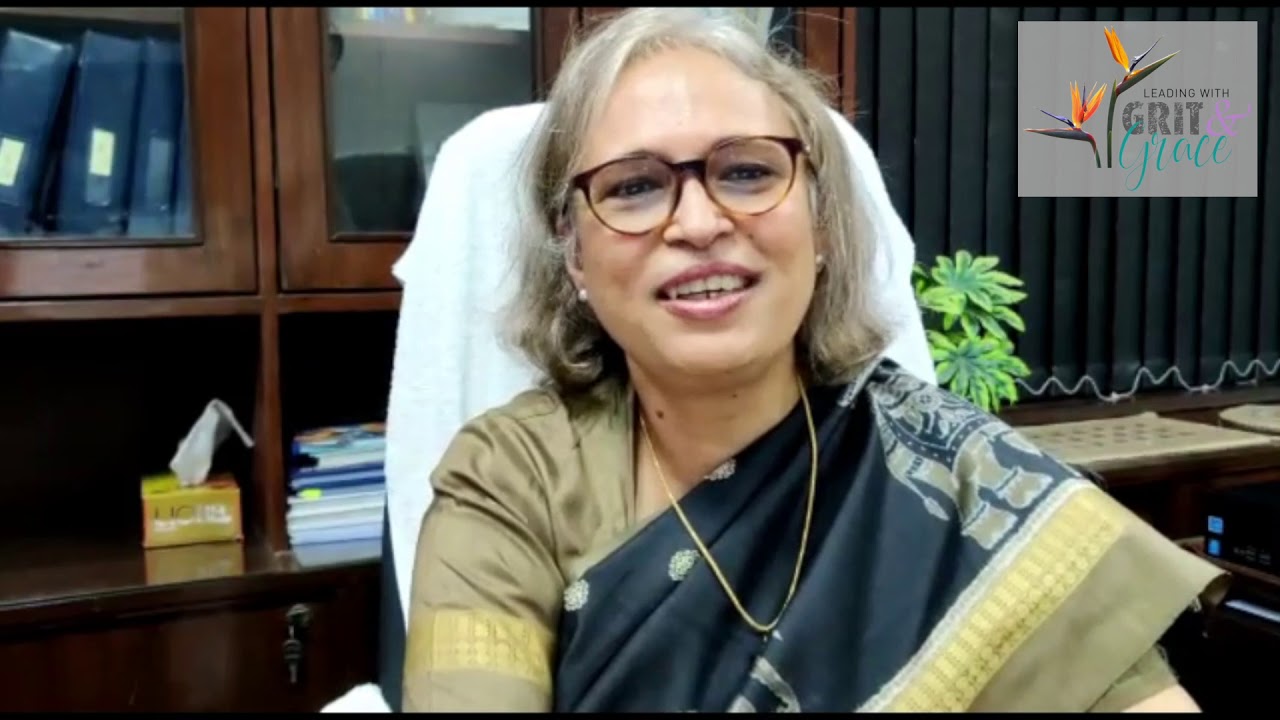
Soma Mondal
Mondal has been instrumental in increasing SAIL’s revenue by 50 percent, bringing it to over ₹ one lakh crore after becoming chairperson. Today, she’s a popular and well-respected part of the aluminium industry. “The mantra is to work hard in a focused manner and instead of looking for leadership from the top at all times, create a leader within each of you in every activity of yours,” she said, during an interaction with young executives at the Rourkela Steel Plant.
Kiran Mazumdar-Shaw
Executive chairperson and founder of Biocon Limited and Biocon Biologics Limited
Born in Bangalore to Gujarati parents, Kiran Mazumdar is an Indian billionaire entrepreneur and a now-familiar face in the Forbes list of 100 Most Powerful Women. She has always worked with the vision of affordable innovation and has made it a driving philosophy to expand Biocon’s reach. Motivated by the urge to provide affordable drugs to less-affluent countries, the entrepreneur has tried to develop cost-effective techniques and low-cost alternatives through her Bangalore based organisation.
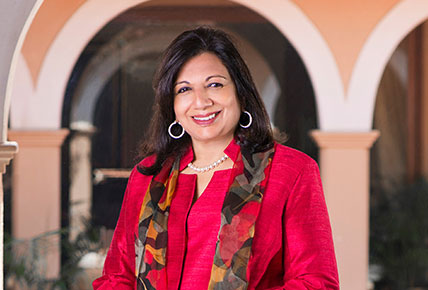
Kiran Mazumdar-Shaw
One of India’s richest self-made women, Kiran has successfully forayed into the lucrative markets of the west, and runs Asia’s largest insulin factory in Malaysia. “You have to work like your life depends on it. You cannot say, let me give it a shot,” was her advice to women during an award ceremony.
Falguni Nayar
Founder and CEO, Nykaa
The Indian billionaire businesswoman founded the beauty and lifestyle retail company formally known as FSN E-Commerce Ventures, an acronym of her own name. The Mumbaikar was raised in a Gujarati household and after graduating from IIM-Ahmedabad, worked with Kotak Mahindra for 19 years. Using the $2 million she had earned over the years, she made an investment in her own company. In November 2021, it was listed at a $13 billion valuation soon after going public.
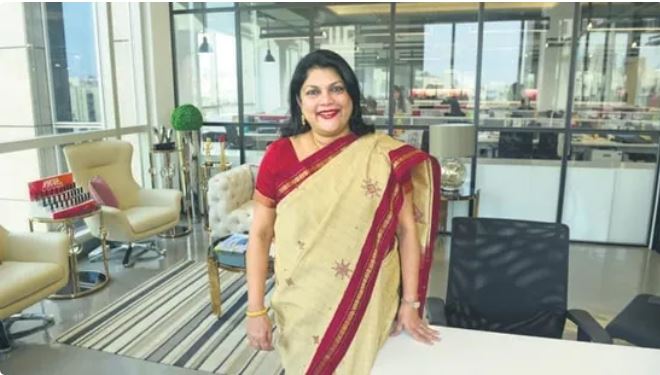
Falguni Nayar
Falguni is the wealthiest female Indian billionaire, with a net worth of more than $6.5 billion – it puts her in the list of India’s top 20 richest people. Reflecting the ethos of the woman at its helm, Nykaa is a celebration of the feminine. “Curiosity will always give you an edge because learning is integral to growth. Whether it’s a road less travelled or not, take the path you want to take,” she advised youngsters during her convocation address at Bennett University.



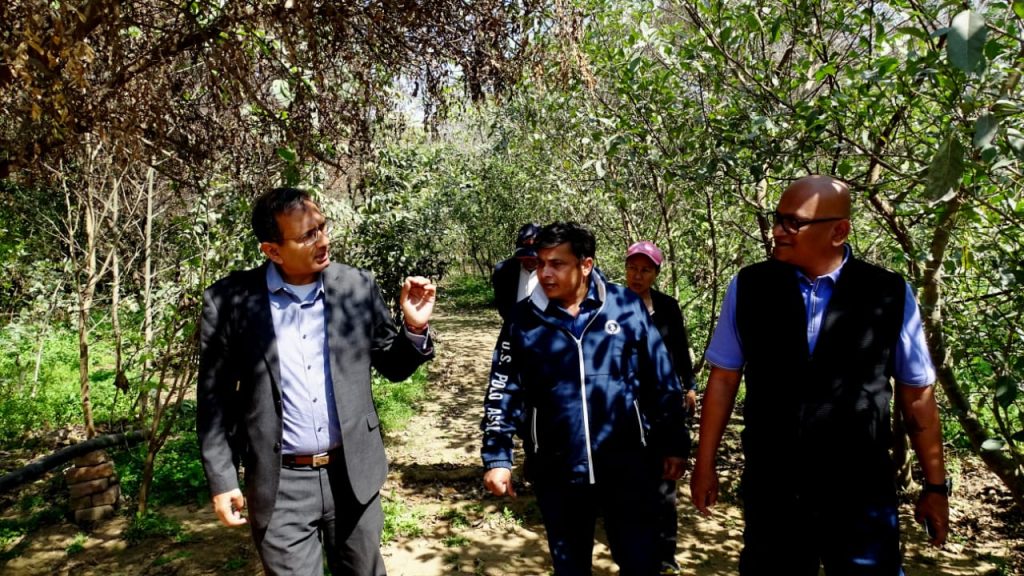
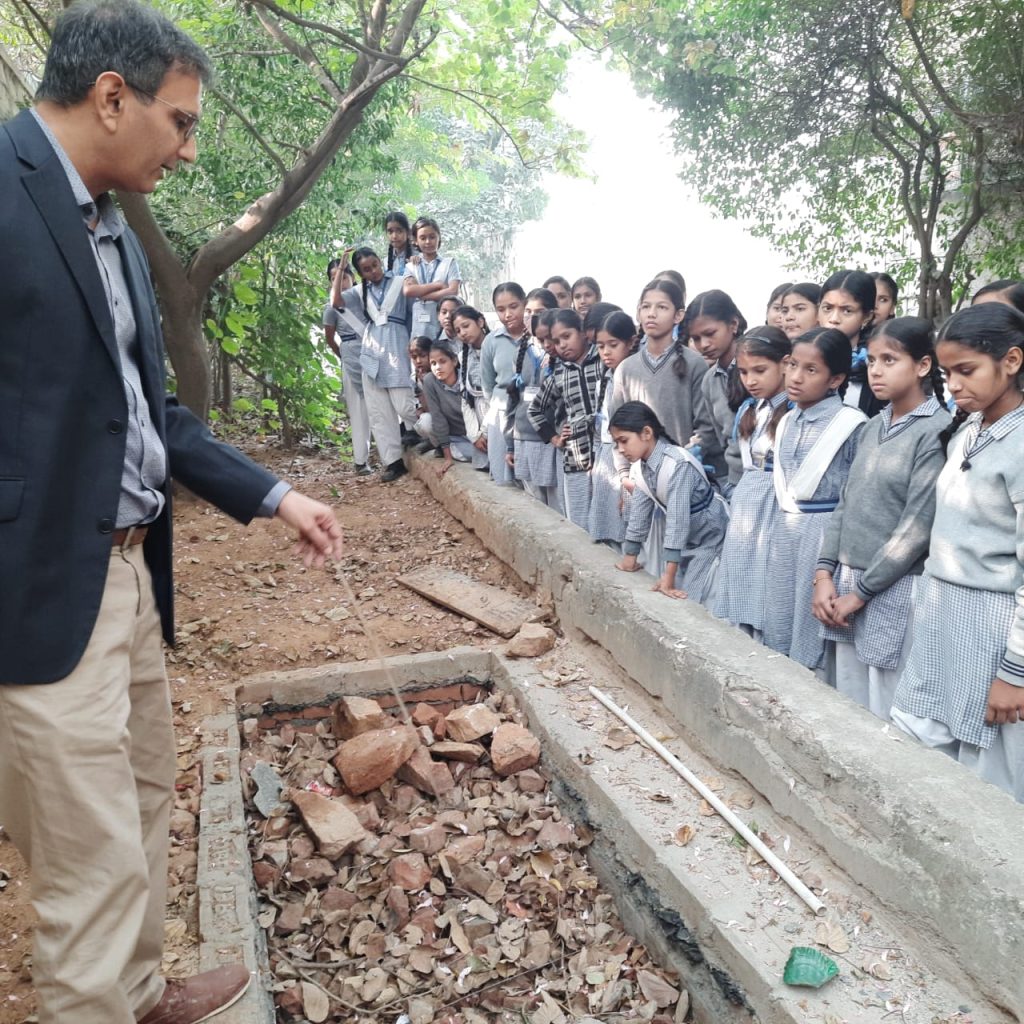
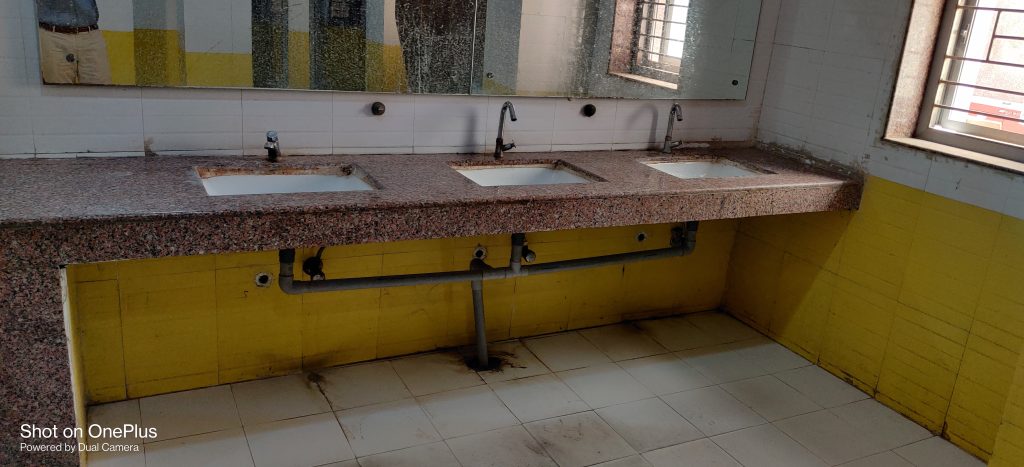
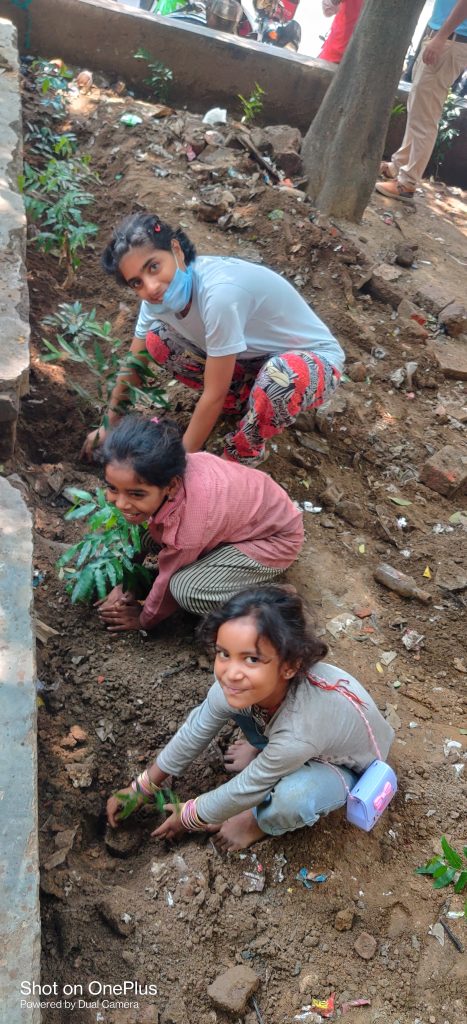
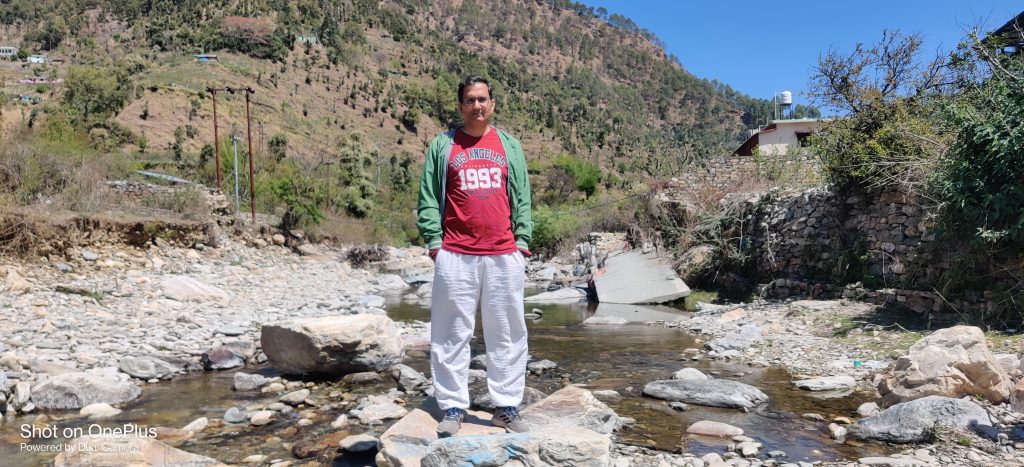

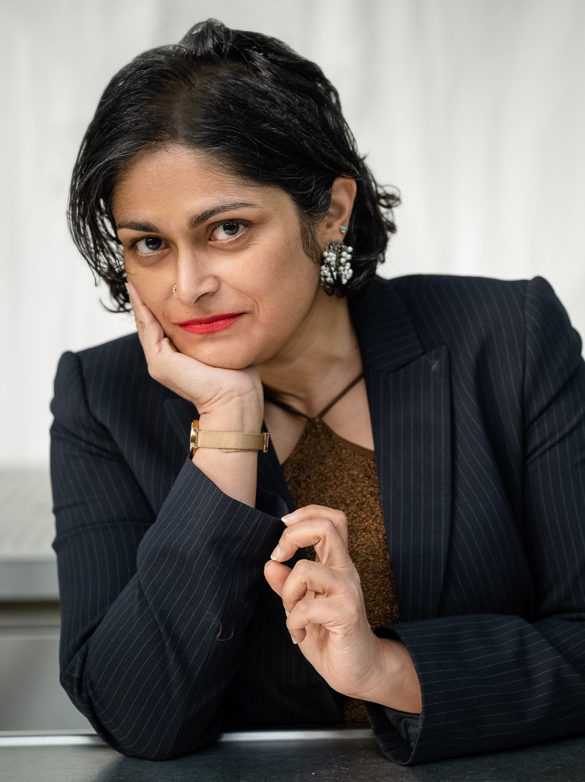 Anu Vaidyanathan[/caption]
Anu Vaidyanathan[/caption] Anu Vaidyanathan[/caption]
Anu Vaidyanathan[/caption]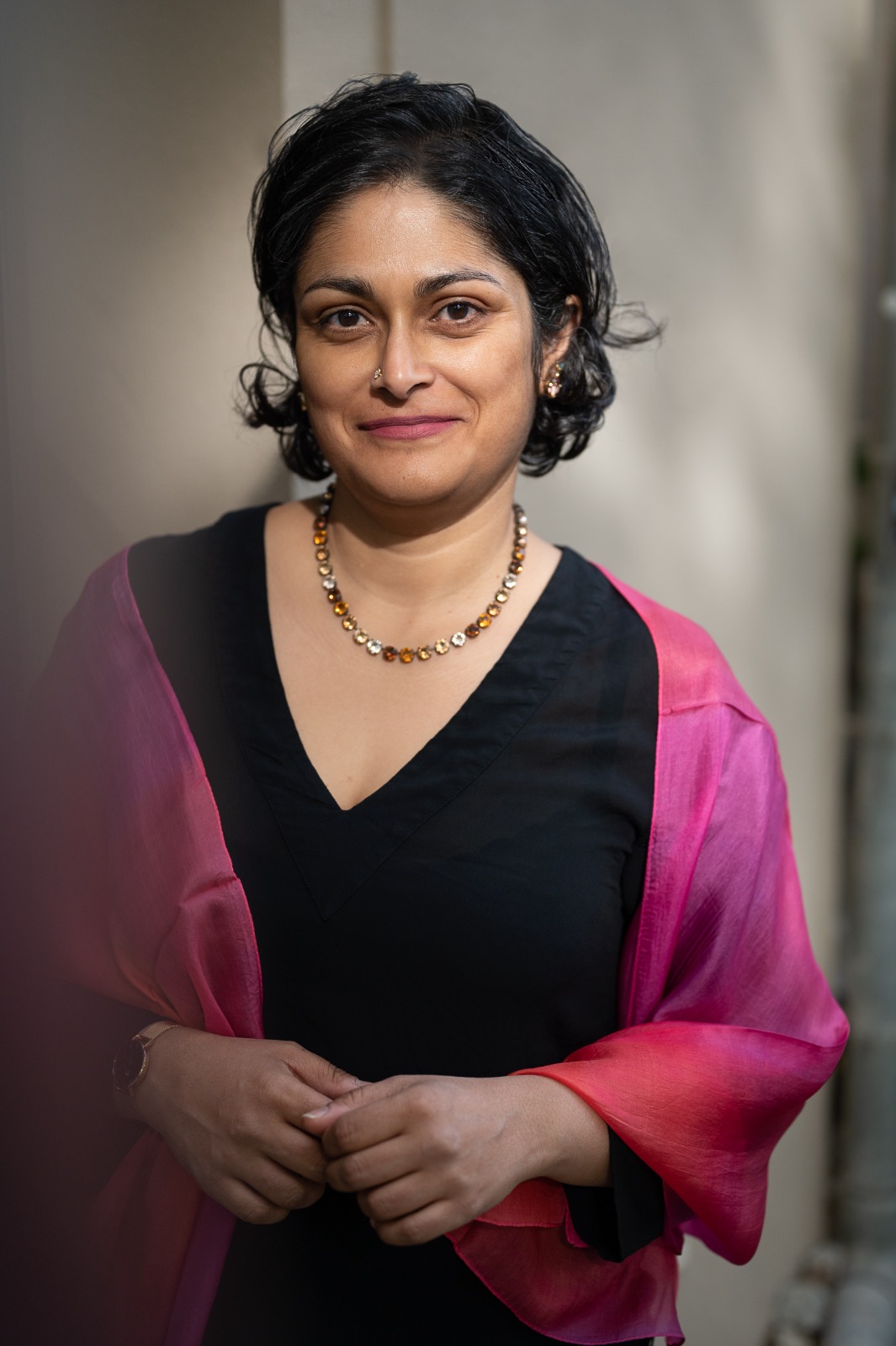 Anu Vaidyanathan[/caption]
Anu Vaidyanathan[/caption]
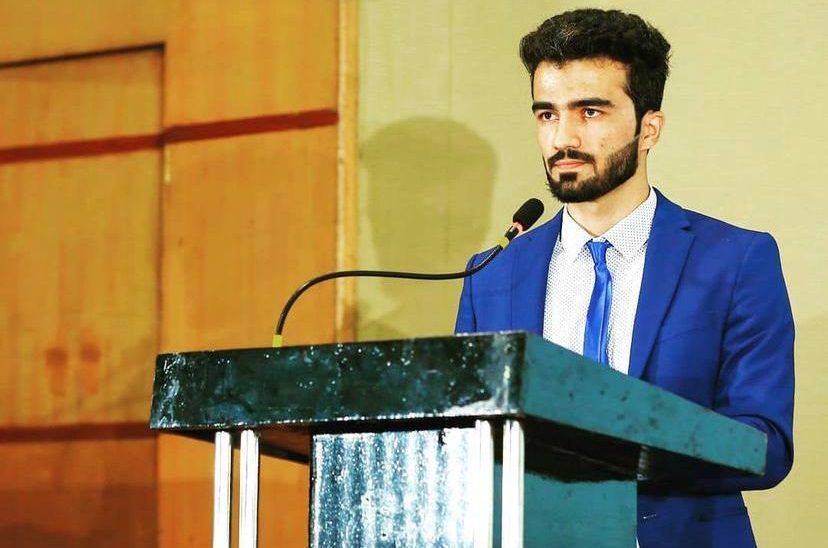 Hamid Bahraam[/caption]
Hamid Bahraam[/caption]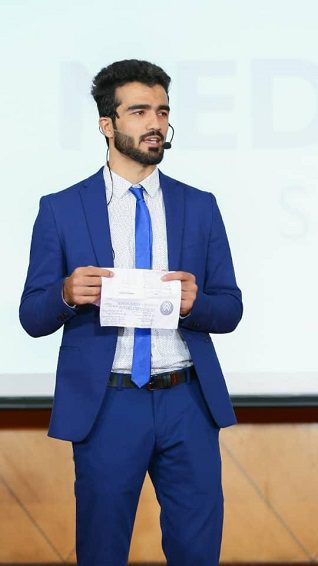 Hamid Bahraam[/caption]
Hamid Bahraam[/caption]
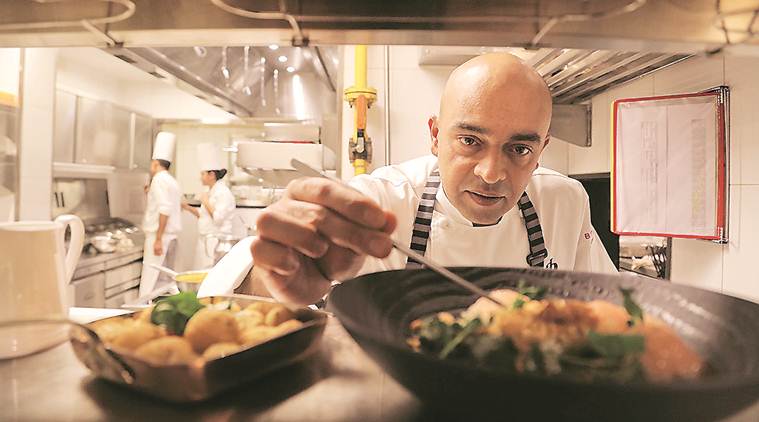


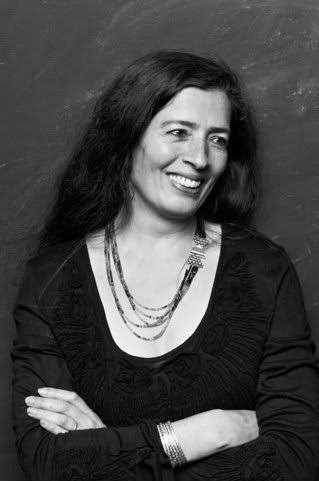 Bem le Hunte[/caption]
Bem le Hunte[/caption]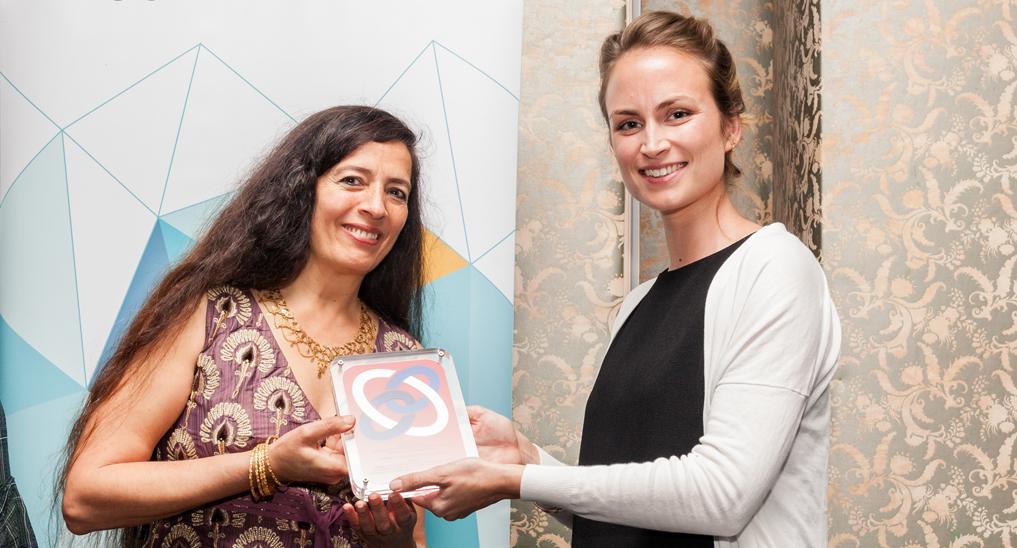 Course Director, Associate Professor Bem Le Hunte accepting the BHERT Award.[/caption]
Course Director, Associate Professor Bem Le Hunte accepting the BHERT Award.[/caption] Bem Le Hunte[/caption]
Bem Le Hunte[/caption]
I recently discovered your blog, and I must say that I genuinely enjoyed reading your posts. I’m planning to subscribe to your updates, and I hope you continue to provide new content regularly.